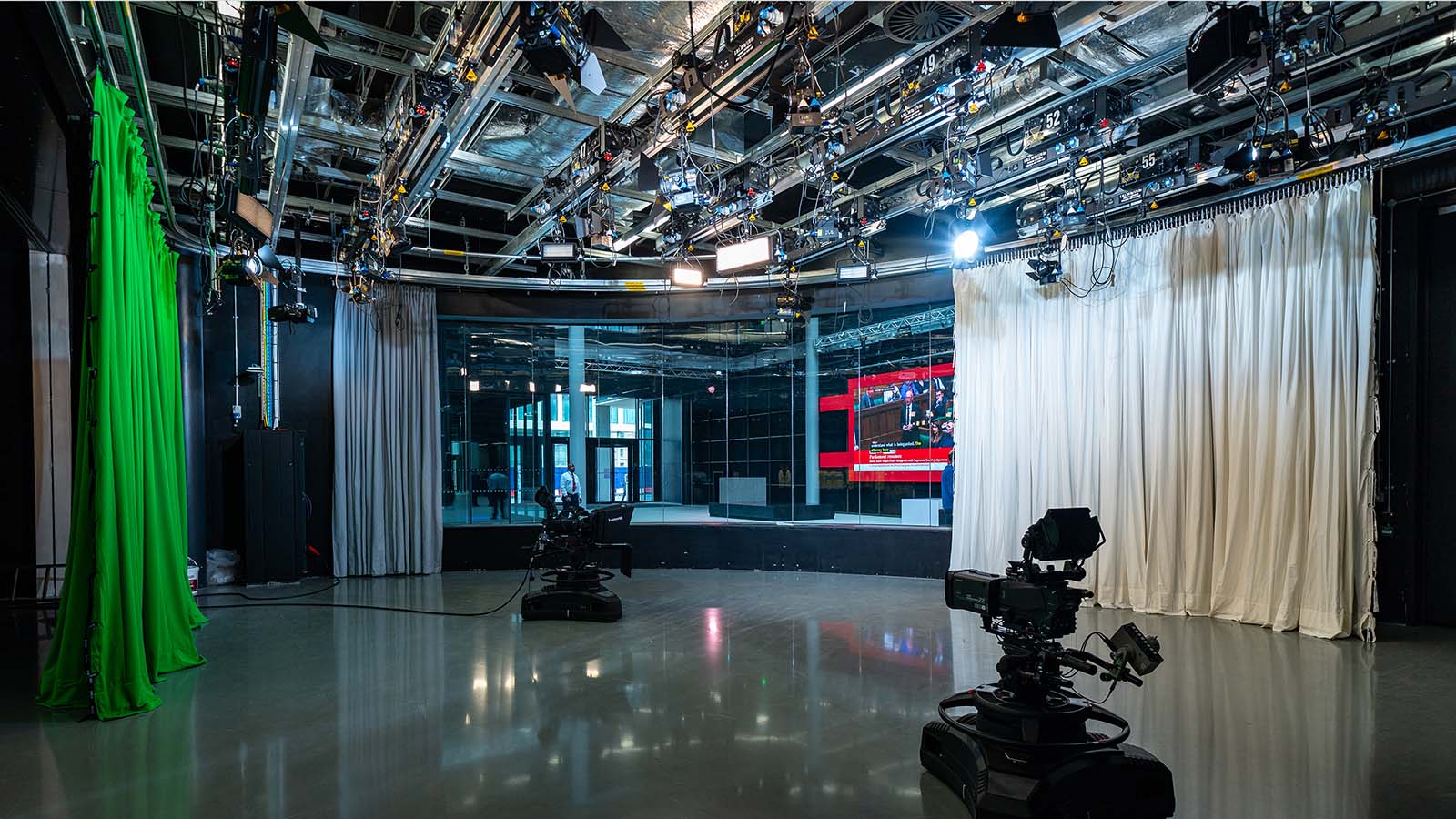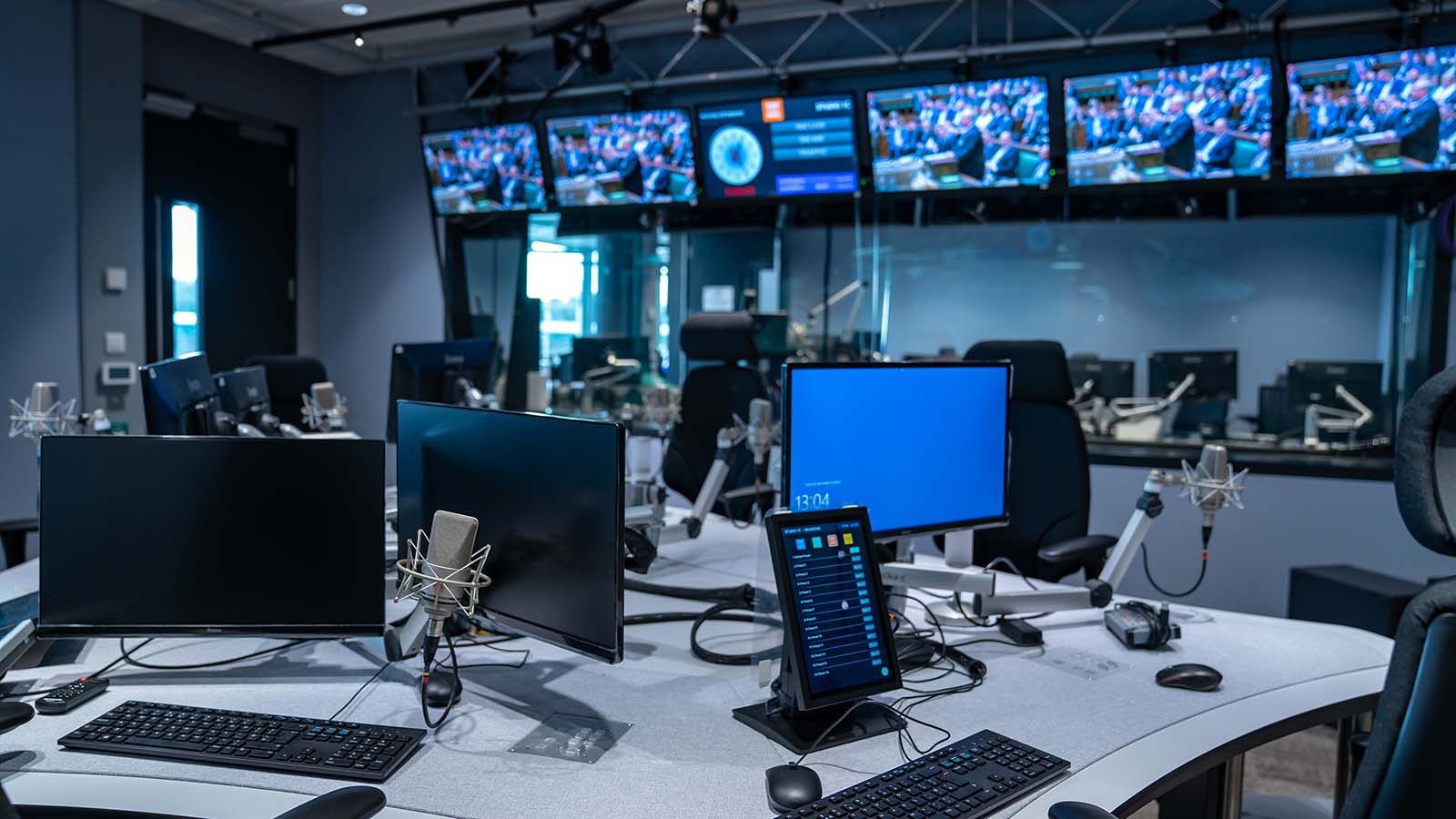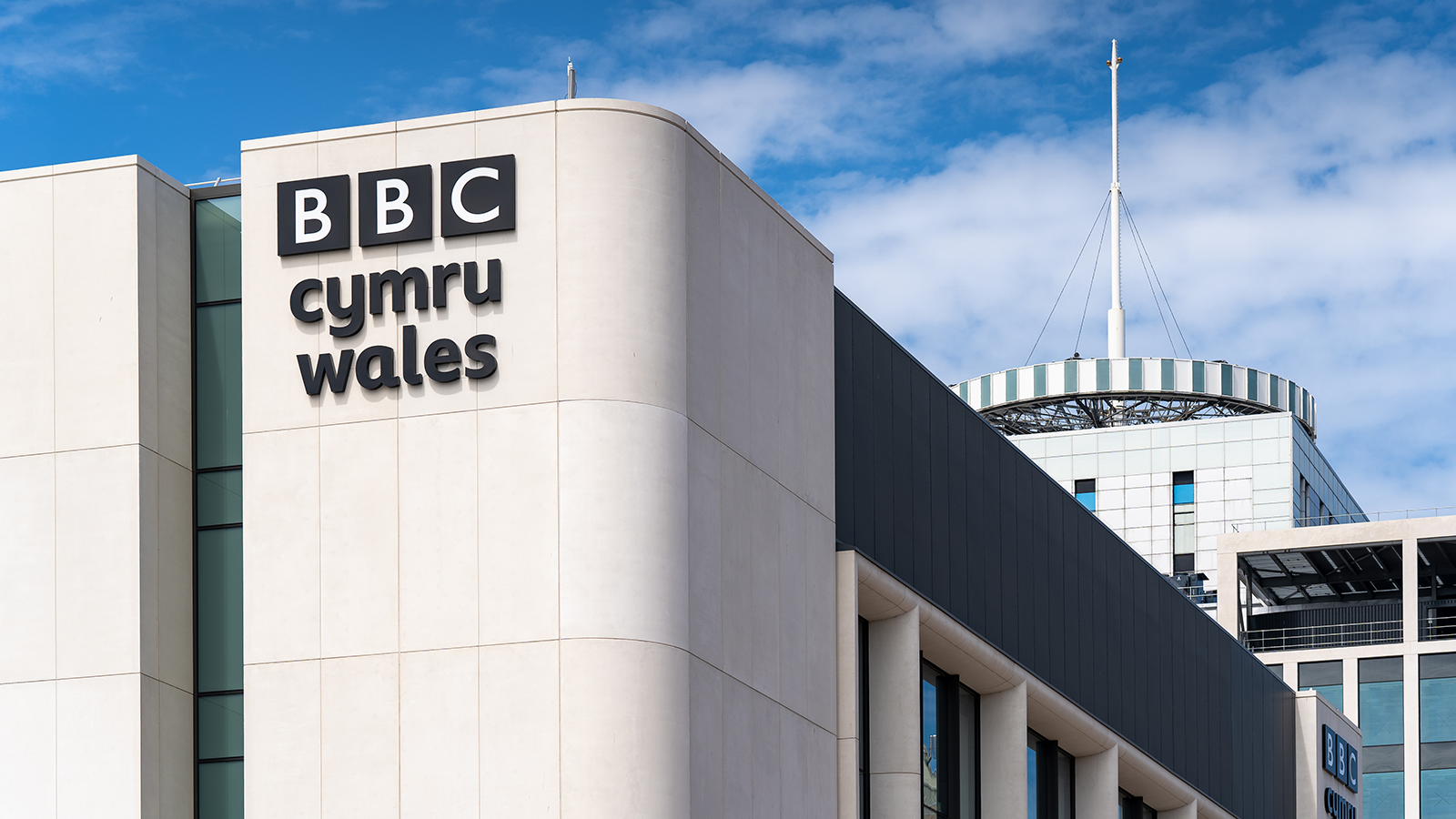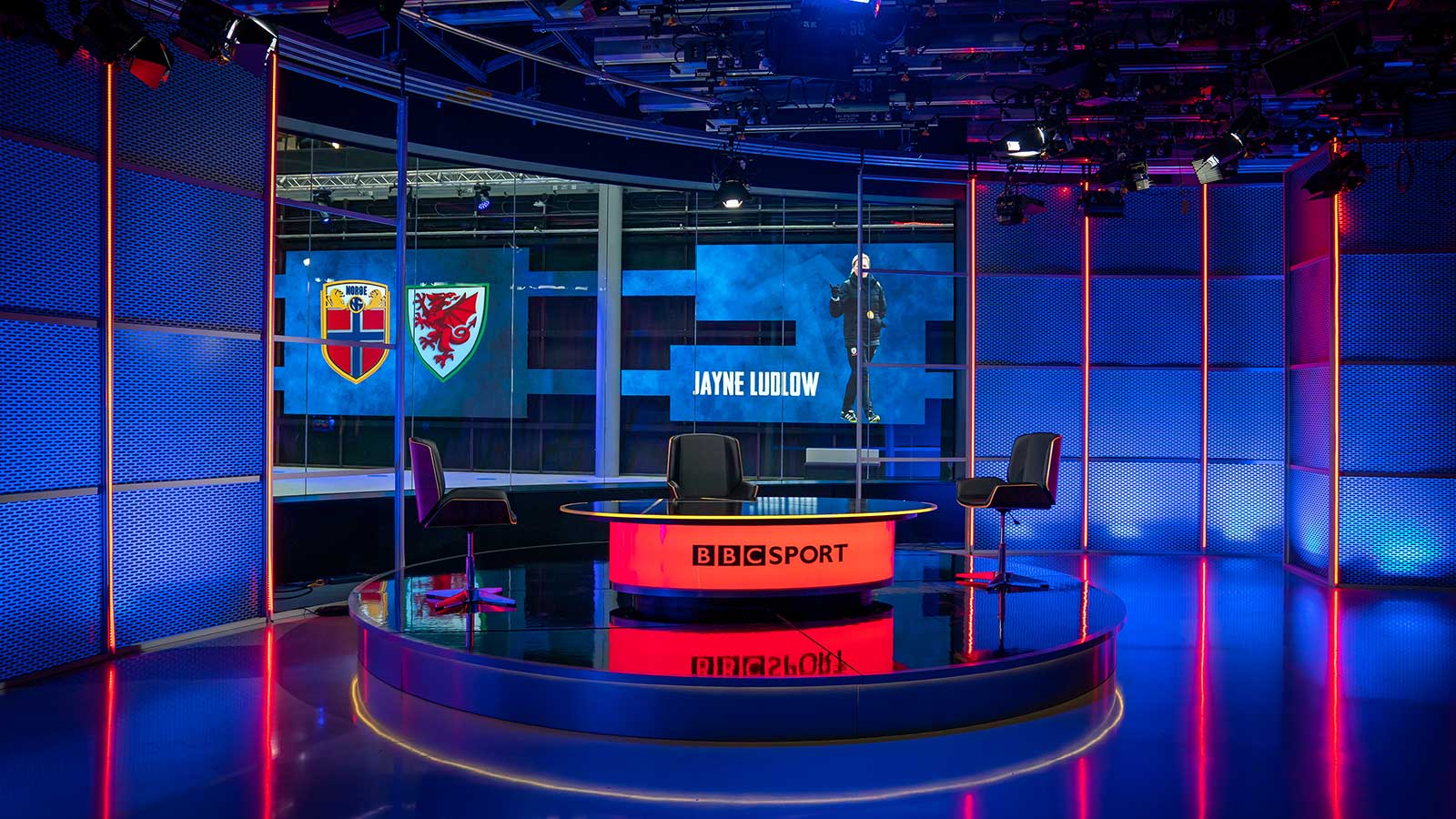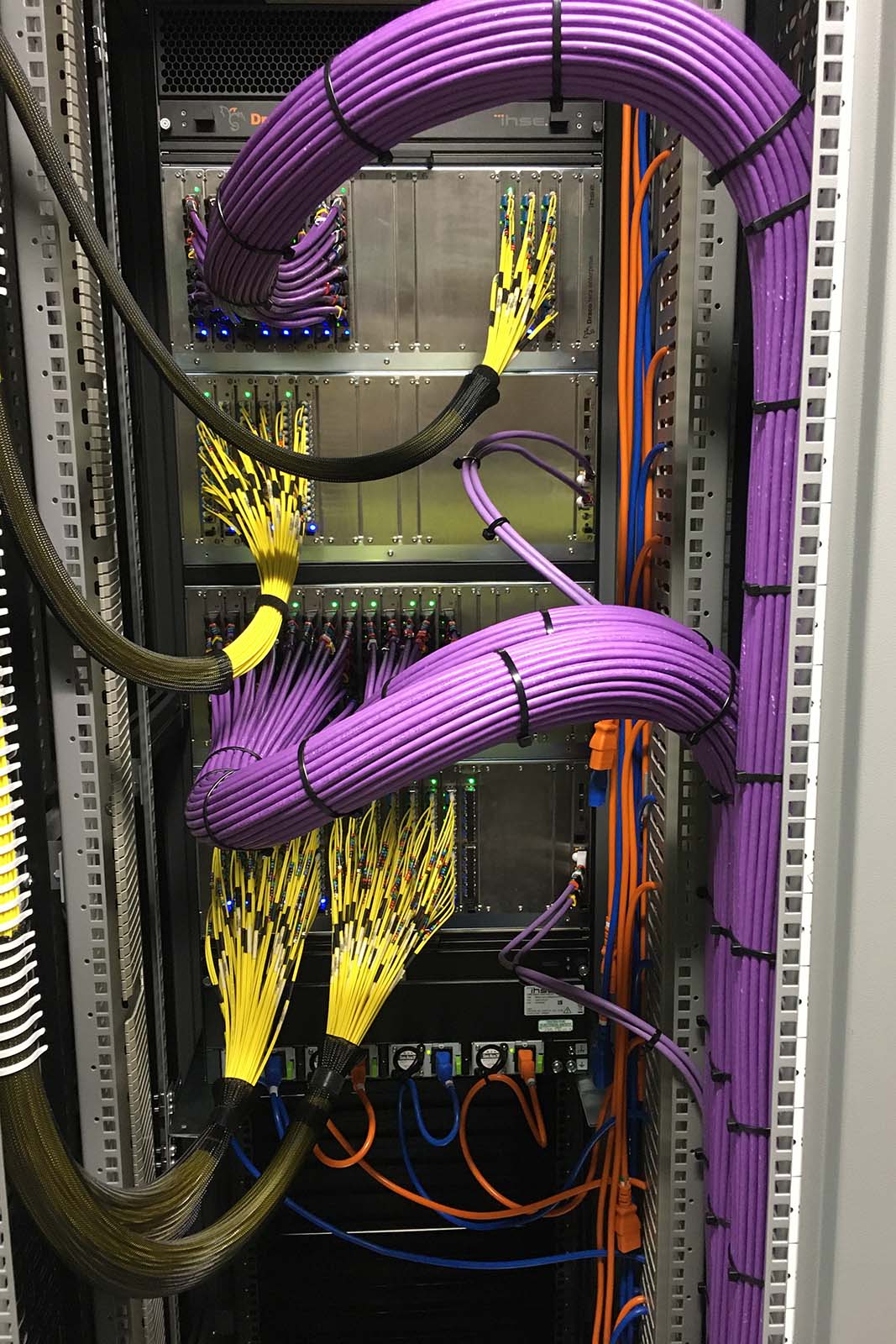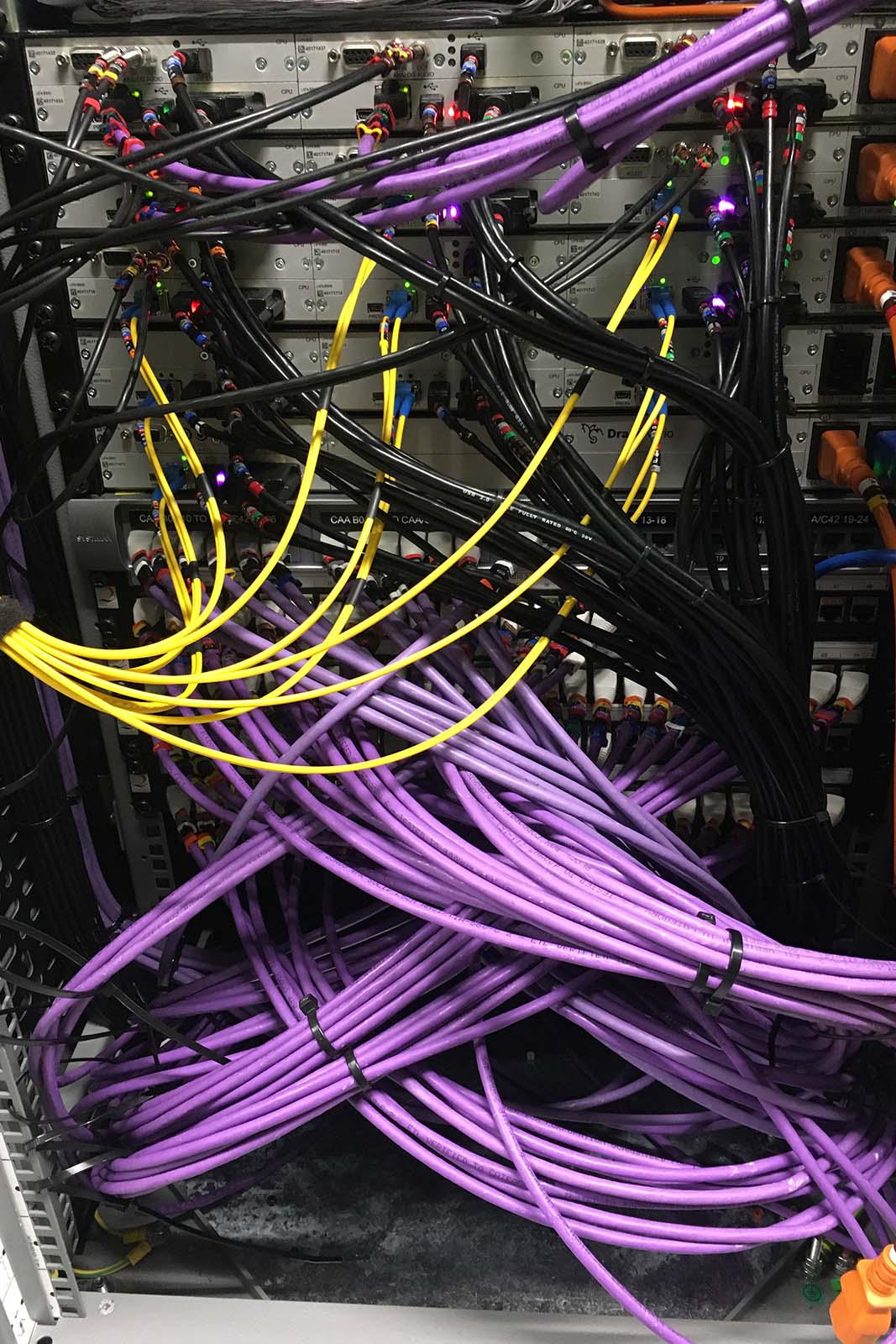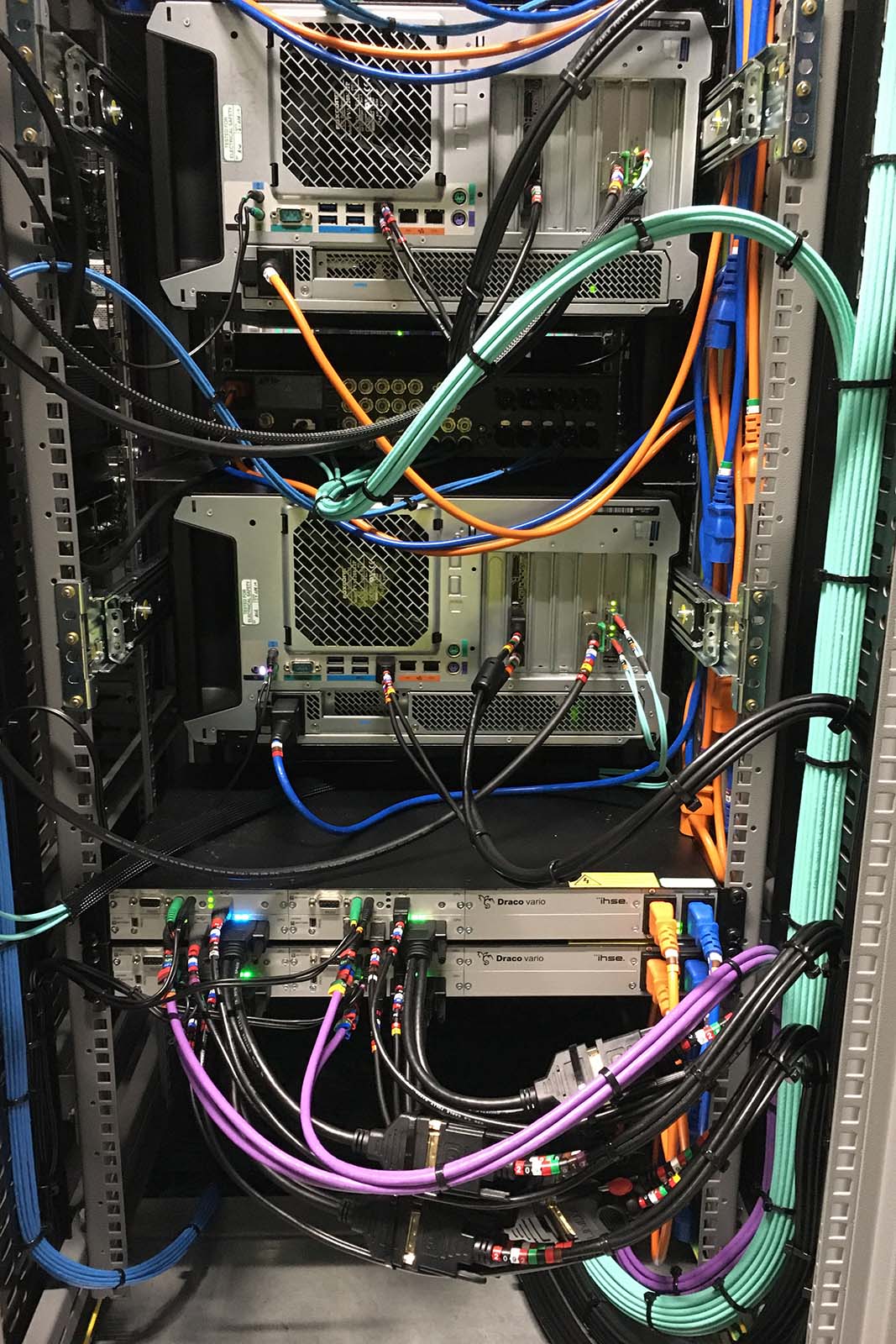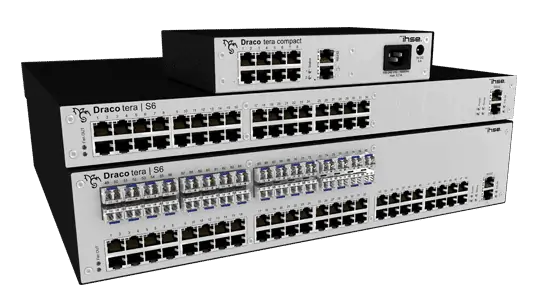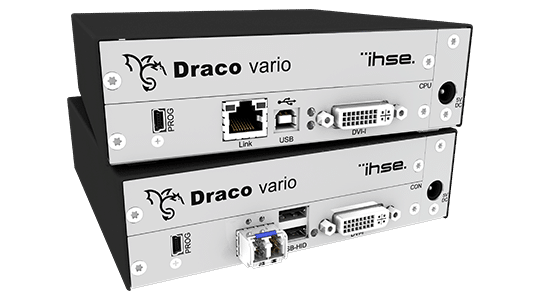New broadcast HQ
incorporates next generation technology
The Customer

After more than 50 years based in suburban Llandaff, BBC Wales embarked on an ambitious plan to relocate to a purpose-built, 14,500 sq. mtr, £100m building in Central Square, Cardiff from its 50-year-old complex in Llandaff. The regeneration of the site, which was formerly a bus station, triggered major investment in the city center. The new business district around Central Square is expected to boost the economy in Wales by over £1bn over the next decade.
The new facility houses the entire technical infrastructure that supports broadcasting throughout Wales.
It emphasizes the role of Cardiff as a media hub for the whole of the UK and the world. The building and its people will enable the corporation to meet all the challenges of the future.
– Lord Tony Hall, former Director General of the BBC
The Challenge
This major upgrade in broadcasting infrastructure was designed to take advantage of the increasing move to new broadcast technologies with the facility expected to be the first in the UK to use Internet Protocol technology across both its production and broadcast operations.
With staff operating over four floors of the large building, the in-house engineering teams worked closely with system integrator, dB Broadcast, to develop an infrastructure that would meet the requirements for operational flexibility, ability to incorporate online and future technologies and maximum resilience and reliability to ensure continuous broadcast capability.
In a project of this size it was important to maintain a close relationship with the UK IHSE distributor, Scene Double, to meet some of the challenges thrown up during installation. In particular the need to fine-tune coding algorithms to achieve the highest visual quality on dual-head displays and resolve some minor issues around the EDID handshaking on various monitors from different brands to suit the BBC requirements. Scene Double were very supportive and reactive to the unique challenges the BBC Wales project posed.
– Mathew Cooper, dB Broadcast project engineer
The Solution
During an extensive planning stage, the design team concluded that a KVM system would be required to maintain access to the vast range of equipment used throughout the site by the widespread production, program preparation and support and engineering staff. This would enable users to access and control remote devices wherever they happened to be situated in the building; giving them unhindered connection to the critical machines they used to perform their jobs.
Following successful system installations at other major broadcast facilities, including several BBC transmission and network sites around the UK an IHSE Draco tera KVM switching system was selected as the most suitable for the installation.
A full KVM switching system was devised around a single resilient 576-port Draco tera switch – one of the largest delivered to a broadcast studio. It would be located in the Central Technical Area (CTA) on the fourth floor of the building along with all the broadcast devices: including more than a hundred high-powered HPZ4/8 workstations, servers and equipment to provide service to Avid, ProTools, BaseLight, Adobe, Vizrt, EVS and other software applications. Direct interconnection to these devices was made using copper (Cat6) cabling.
Outgoing connection to the several hundred professional broadcast user workstations spread around the building was achieved using fiber cabling to accommodate the large distances involved.
A separate system comprising six independent Draco tera compact switches was also installed to serve the radio broadcast department in a standalone infrastructure. The radio system made full use of the IHSE multi-monitor control feature allowing single mouse use over multiple processors.
This will give us a level of creative freedom about how we produce our content that we’ve never had before. We want to harness the benefits of IP technology to provide the best-possible tools to our content-makers and to free them from many of the historic constraints we’ve faced at our current HQ in Llandaff.
– Gareth Powell, BBC Wales’ chief operating officer
The Benefit
Signals are distributed at HD level throughout the building with no user delay or visual artifacts. Designers and production staff are able to access and interact with any device from their own desks as though the hardware is situated at their workstation, despite it being up to several hundred meters away. This provides enormous flexibility and convenience: allowing them to change devices instantly and move location whilst maintaining unrestricted access to the systems they need. Software application licenses can also be shared amongst users with significant financial benefit. Another benefit is that the processors could be located away from the users to reduce fan noise in operational areas which was essential for sound dubbing suites.
Locating all sensitive computer equipment together in an environmentally-controlled room ensures it is all totally secure and prolongs operational life.
One of the largest installations in the UK and a credit to the BBC and dB Broadcast. Attention to detail in system architecture combined with highly-reliable equipment has created an infrastructure that delivers enormous benefits and a high level of performance.
– Ray Gordon, Scene Double


